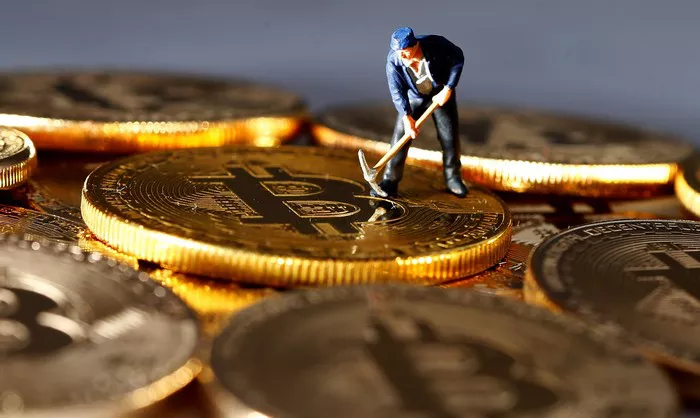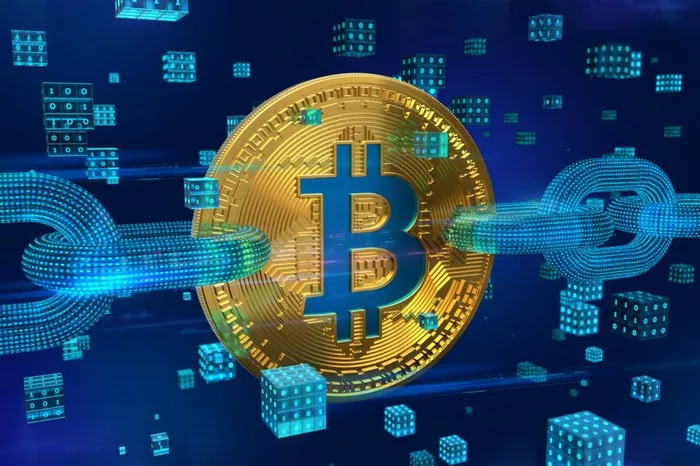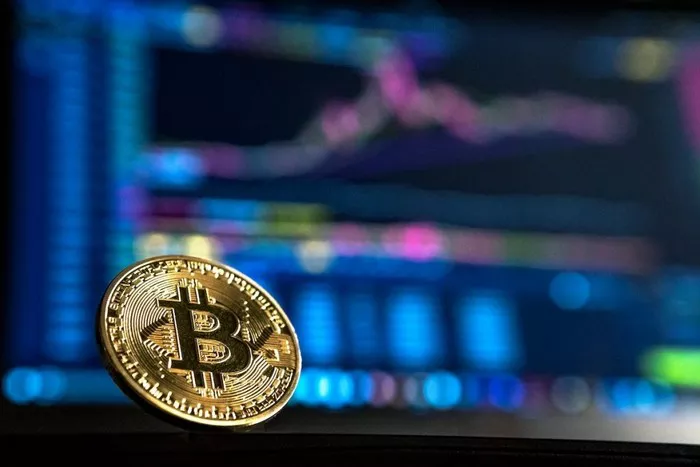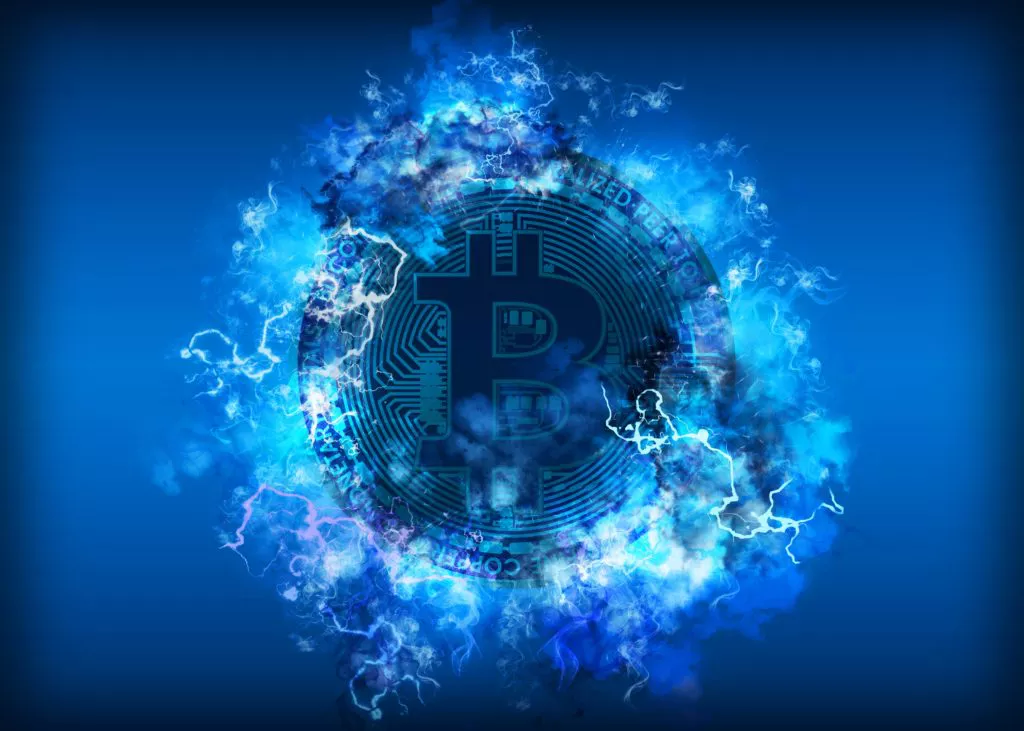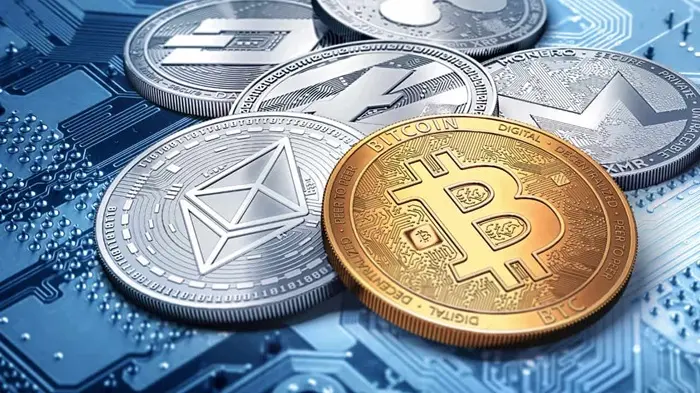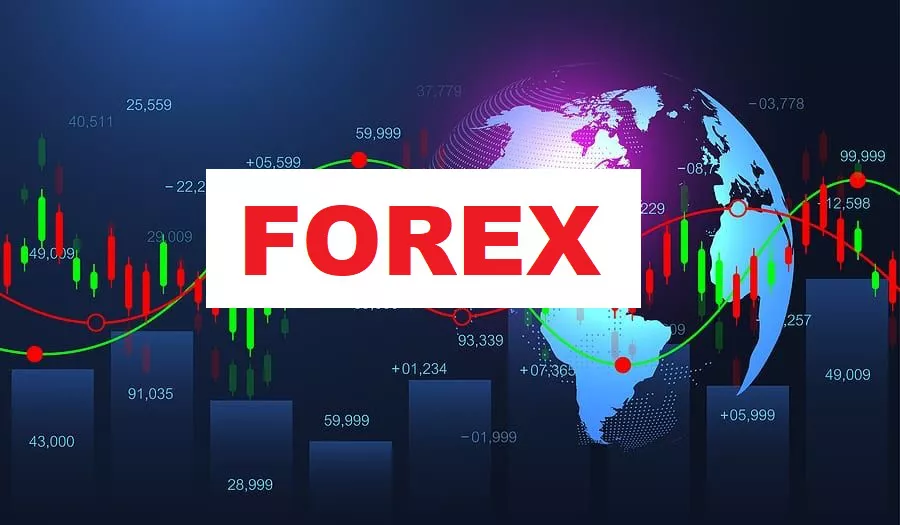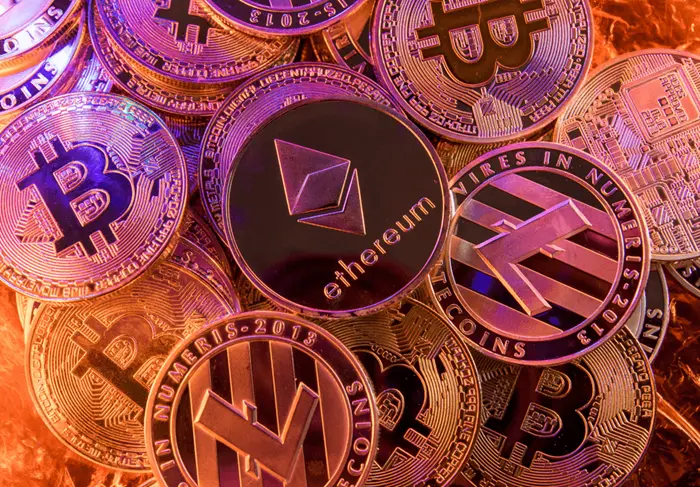Cryptocurrency, a digital or virtual currency secured by cryptography, has revolutionized the financial landscape. It operates on a decentralized platform, often based on blockchain technology, and enables secure, transparent, and fast transactions across the globe. Despite its popularity, many aspects of cryptocurrency remain complex and elusive to the general public. One such concept is the “destruction” of cryptocurrency. What does it mean to destroy cryptocurrency, and why would this process be necessary or beneficial? This article delves into the meaning, methods, and implications of destroying cryptocurrency, providing a comprehensive guide to understanding this significant aspect of the digital currency world.
What Does It Mean to Destroy Cryptocurrency?
Cryptocurrency destruction, often referred to as “burning,” is the process of permanently removing a certain amount of cryptocurrency from circulation. This is done by sending the coins or tokens to a specific address, known as a “burn address,” from which they can never be retrieved or spent again. The burn address is typically a wallet address with no known private key, making it impossible for anyone to access or use the coins.
The idea of destroying cryptocurrency may seem counterintuitive at first. After all, why would anyone want to eliminate something of value? However, the process serves several purposes within the cryptocurrency ecosystem, including managing supply, increasing scarcity, and enhancing the value of the remaining tokens.
Methods of Cryptocurrency Destruction
There are various methods used to destroy cryptocurrency, each with its specific mechanisms and purposes. Below are the most common methods:
Burning Coins or Tokens
The most straightforward method of destroying cryptocurrency is by “burning” them. This involves sending the coins to a burn address, effectively rendering them inaccessible. The burning process is typically irreversible, ensuring that the destroyed coins can never re-enter circulation.
Burning is often conducted by cryptocurrency projects to manage supply. By reducing the number of tokens in circulation, the remaining tokens may become more valuable due to increased scarcity. This method is commonly used in token-based projects, where developers or community members decide to burn a portion of the total supply.
Proof-of-Burn (PoB)
Proof-of-Burn (PoB) is a consensus algorithm that requires participants to burn their cryptocurrency as a way to gain mining rights or other benefits within the network. In PoB, miners prove that they have burned a specific amount of coins, which is then used as a measure of their commitment to the network. The more coins a miner burns, the higher their chances of being selected to mine the next block and receive rewards.
PoB is considered an eco-friendly alternative to Proof-of-Work (PoW), as it does not require energy-intensive mining processes. By destroying coins, participants effectively “invest” in the network, which can help secure the blockchain and create a deflationary effect on the currency.
Token Buyback and Burn Programs
Some cryptocurrency projects implement buyback and burn programs as part of their tokenomics strategy. In these programs, the project buys back tokens from the market and subsequently burns them. This reduces the circulating supply, potentially increasing the value of the remaining tokens.
Buyback and burn programs are often used to reward long-term holders by creating scarcity and boosting the token’s price. They are also employed to stabilize the market by reducing volatility and preventing inflationary pressures.
See Also: 8 Things I Can Buy With Cryptocurrency in the US
Reasons for Destroying Cryptocurrency
Cryptocurrency destruction serves various purposes within the digital currency ecosystem. Here are some of the primary reasons why projects or individuals might choose to destroy cryptocurrency:
Supply Management
One of the main reasons for destroying cryptocurrency is to manage its supply. By reducing the total number of tokens in circulation, projects can control inflation and create a deflationary effect. This is especially important in cases where the initial supply of tokens is too high, leading to low value and limited demand.
By burning a portion of the tokens, projects can create scarcity, making the remaining tokens more valuable. This can attract more investors and users to the platform, as the increased value of the tokens may lead to higher returns on investment.
Increasing Token Value
Destroying cryptocurrency can directly impact its value by increasing scarcity. In economics, the principle of supply and demand dictates that when the supply of an asset decreases while demand remains constant, its value tends to increase. By burning tokens, projects can create a sense of scarcity, potentially driving up the price of the remaining tokens.
This strategy is particularly common in projects that aim to reward long-term holders. By reducing the supply of tokens over time, the value of the remaining tokens may increase, providing holders with greater returns on their investment.
Incentivizing Participation in the Network
Proof-of-Burn (PoB) is a method that incentivizes participation in a blockchain network by requiring users to destroy cryptocurrency to gain certain privileges, such as mining rights. This method aligns the interests of participants with the long-term success of the network, as those who burn their coins demonstrate their commitment to the project’s sustainability.
By destroying cryptocurrency, participants effectively “stake” their tokens, which can lead to a more secure and stable network. This approach also discourages short-term speculation, as participants are encouraged to take a long-term view of the project.
Correcting Initial Supply Mistakes
In some cases, cryptocurrency projects may have launched with an initial supply that is too large, leading to oversupply and low token value. To correct this mistake, projects may choose to destroy a portion of the tokens to reduce the total supply and create a more balanced market.
This approach can help stabilize the token’s value and make the project more attractive to investors. By reducing the supply, the project can create a sense of scarcity, potentially increasing demand and driving up the token’s price.
Implications of Destroying Cryptocurrency
The destruction of cryptocurrency has several implications for the digital currency ecosystem, both positive and negative. Understanding these implications is crucial for investors, developers, and users of cryptocurrency.
Positive Implications
Increased Token Value: As mentioned earlier, destroying cryptocurrency can lead to increased token value due to the creation of scarcity. This can benefit long-term holders and attract more investors to the project.
Inflation Control: By reducing the total supply of tokens, cryptocurrency projects can prevent inflationary pressures, helping to maintain the value of the currency over time.
Network Security: Proof-of-Burn (PoB) can enhance network security by incentivizing participants to destroy cryptocurrency in exchange for mining rights. This aligns the interests of participants with the long-term success of the network, leading to a more secure and stable blockchain.
Market Stabilization: Buyback and burn programs can help stabilize the market by reducing volatility. By removing tokens from circulation, projects can prevent sudden price drops and create a more predictable market environment.
Negative Implications
Irreversibility: Once cryptocurrency is destroyed, it cannot be recovered. This irreversible process means that mistakes or unintended burns can lead to permanent loss of assets.
Market Manipulation: In some cases, the destruction of cryptocurrency can be used as a tool for market manipulation. Projects or individuals with significant holdings may burn tokens to artificially inflate prices, leading to market distortions and potential losses for other investors.
Reduced Liquidity: Destroying a large portion of a cryptocurrency’s supply can lead to reduced liquidity in the market. This can make it more difficult for investors to buy or sell tokens, leading to increased volatility and potential losses.
Impact on Ecosystem: The destruction of cryptocurrency can have unintended consequences for the broader ecosystem. For example, if a significant portion of a token’s supply is burned, it may lead to a concentration of power among a few holders, reducing the decentralization of the network.
Case Studies: Examples of Cryptocurrency Destruction
Several cryptocurrency projects have successfully implemented token burn strategies to achieve various goals. Below are some notable examples:
Binance Coin (BNB)
Binance, one of the largest cryptocurrency exchanges globally, conducts regular token burns as part of its deflationary model. Binance burns BNB tokens quarterly, using 20% of its profits to buy back and burn the tokens. This reduces the total supply of BNB, creating scarcity and potentially increasing the token’s value. Binance aims to continue this process until 50% of the total BNB supply is burned.
Ripple (XRP)
Ripple, the company behind the XRP cryptocurrency, has also employed a burn strategy, albeit indirectly. Ripple’s transaction fees are paid in XRP, and these fees are burned, reducing the total supply of XRP over time. While the amount of XRP burned through transaction fees is relatively small, it contributes to the overall deflationary effect.
Shiba Inu (SHIB)
Shiba Inu, a meme-based cryptocurrency, has also engaged in significant token burns. In May 2021, Ethereum co-founder Vitalik Buterin burned 90% of his SHIB holdings, valued at approximately $6.7 billion at the time. This massive burn reduced the total supply of SHIB, leading to a temporary increase in its value.
How to Track Cryptocurrency Destruction
Tracking cryptocurrency destruction is essential for investors and users who want to monitor the impact of token burns on supply and value. Several tools and platforms allow users to track burn events and their effects on the market.
Blockchain Explorers
Blockchain explorers like Etherscan and BscScan allow users to track transactions on various blockchains, including burn transactions. Users can search for specific burn addresses to see the total amount of tokens sent to these addresses and monitor ongoing burn events.
Project Announcements
Many cryptocurrency projects announce their burn events through official channels such as websites, social media, and blogs. Investors can stay informed about upcoming burns by following these channels and participating in community discussions.
Burn Tracking Websites
Several websites specialize in tracking token burns across different projects. These platforms provide real-time data on burn events, including the total amount burned, the burn rate, and the impact on supply and price.
Conclusion
The destruction of cryptocurrency is a powerful tool within the digital currency ecosystem, with far-reaching implications for supply management, value creation, and network security. While the process may seem counterintuitive at first, it serves several essential purposes, including increasing scarcity, controlling inflation, and incentivizing participation in the network.
However, the destruction of cryptocurrency also comes with risks, including irreversibility, market manipulation, and reduced liquidity. Investors, developers, and users must carefully consider these factors when participating in or supporting burn events.
As the cryptocurrency market continues to evolve, the practice of destroying cryptocurrency is likely to remain a critical component of many projects’ tokenomics strategies. By understanding the meaning, methods, and implications of cryptocurrency destruction, stakeholders can make informed decisions that contribute to the long-term success and sustainability of the digital currency ecosystem.
Related topics:

